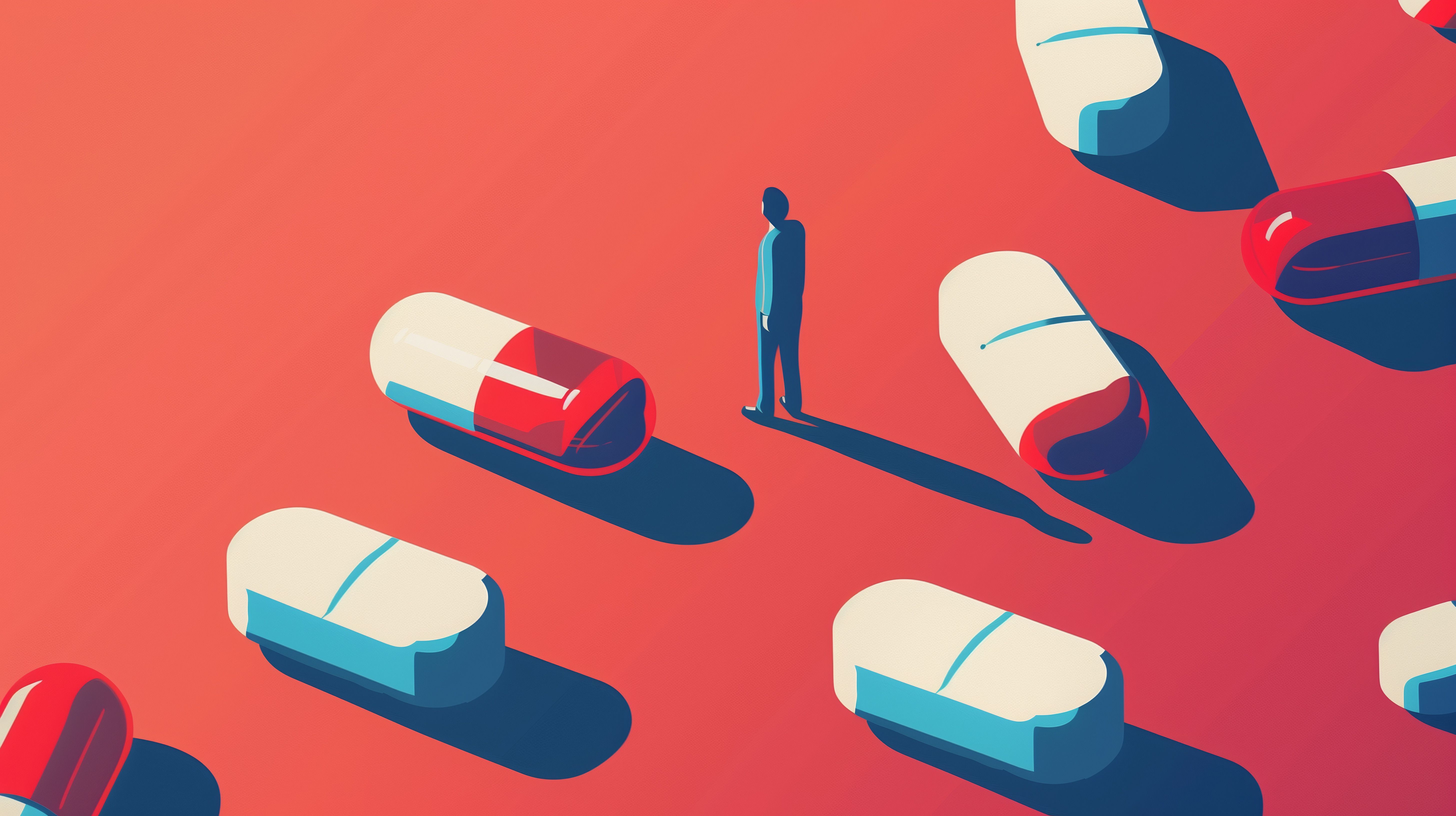Article
Biosimilars Could Save $54 Billion Over the Next Decade
Author(s):
The emergence of biosimilars will reduce spending on biologics by 3% through 2027.
With a growing number of biologic drugs approaching patent expiration, pharmaceutical manufacturers are looking to develop biosimilars for these medications. Industry experts have said that emerging biosimilars can reduce drug spending, while increasing patient access to effective therapy.
Introducing a robust number of biosimilars may cut US drug spending by an average of $54 billion over the next 10 years, according to an analysis conducted by the RAND Corporation, a nonprofit research organization.
Notably, the potential savings are 20% higher than a RAND analysis conducted 3 years ago. The authors said this increase demonstrates the rapid growth of biologic spending and improvements in the analysis.
“Biologics account for the fastest-growing segment of prescription drug spending, but biosimilars have the potential to help slow some of the increase,” said lead study author and policy researcher at RAND, Andrew Mulcahy. “However, there remain many important industry, regulatory and policy decisions to be made that will influence whether such savings are realized.”
Biologics are costly due to the intricate nature of research and development, the manufacturing process, and complexity of the conditions they treat, including multiple sclerosis, cancer, and rheumatoid arthritis.
The high price tag of biologic drugs can result in patients having high co-payments that may threaten access to the treatments.
In the new study, the authors created their estimate of savings from biosimilars by analyzing other studies, the sales of more than 100 biologics, and examining the success of the 1 biosimilar on the market.
Overall, the authors project that the emergence of biosimilars will reduce spending on biologics by 3%.
While these savings seem small, the authors report that actual savings could vary from $24 billion to $150 billion from 2018 to 2027, according to the study. The cost savings are contingent on pricing differences, competition, and biosimilar market share.
The introduction of biosimilars is expected to increase competition among established drugs and result in lower costs for patients and payers.
Despite several biosimilars receiving FDA approval, many have yet to reach patients due to legal challenges and other obstacles. The authors suggest that capturing the maximum amount of savings from biosimilars would require new reimbursement methods, greater acceptance of biosimilars, and changing regulations.
“The actual savings hinge on the evolving competitive landscape in the pharmaceutical industry, regulatory decisions, and insurer efforts to promote biosimilar uptake through payment rates and other strategies,” Mulcahy said. “Future research will be needed as more biosimilars come to market to see whether savings are realized and who benefits from any reductions in spending.”
Newsletter
Stay informed on drug updates, treatment guidelines, and pharmacy practice trends—subscribe to Pharmacy Times for weekly clinical insights.






